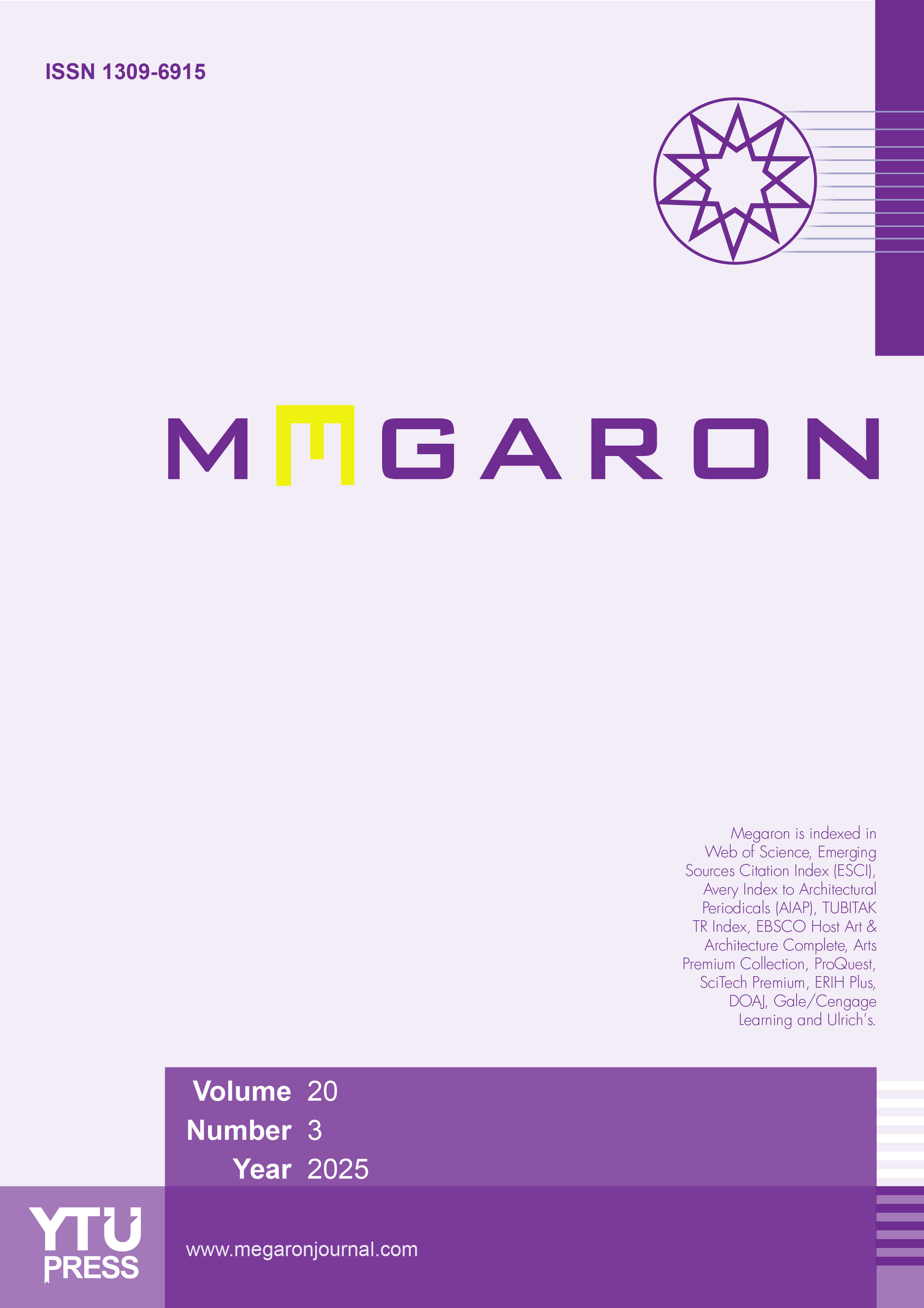Empathy theory as an early trace of experience in architecture
Behiyye Yilmaz1, Muzaffer Tolga Akbulut2, Yusuf Civelek21Department of Architecture, Yildiz Technical University, Istanbul, Türkiye2Department of Architecture, Fatih Sultan Mehmet Vakif University, Istanbul, Türkiye
This study claims that the concentration on the spatial experience in Modern architecture is related to the "einfühlung/empathy theory." The empathy theory emerged in Germany as an attempt to explain the psychological mechanism of identification with visual phenomena during the second half of the nineteenth century. Later on, Worringer introduced the concept of abstraction as the opposite of empathy. According to him, the need to overcome feelings of distrust and fear toward the world resulted in art removing the naturalistic/figurative, i.e., empathic, elements from the object. This paper aims to show the early connections between empathy and abstraction in Modern architecture. It is claimed here that "abstraction," an indispensable property of Modern art and architecture, facilitated the modern spatial experience by emphasizing movement within the boundaries of volumes. In other words, abstraction became the new means to empathize with the object, thus eroding the opposition created by Wittkower. The erosion between the boundaries of empathy and abstraction became part of the phenomenal and literal “transparency” in twentieth-century architecture due to its reliance on the experience of engagement with forms, either physically or mentally.
Finally, the study intends to contribute to the field of Modern architecture aesthetics by starting a discussion on how the modern emphatic experience of space might be at the root of the latent phenomenological approaches in architecture, which surfaced during the second half of the century as a reaction to both the copy-paste productions of Modernism and the superficiality of Postmodern currents.
Manuscript Language: English








